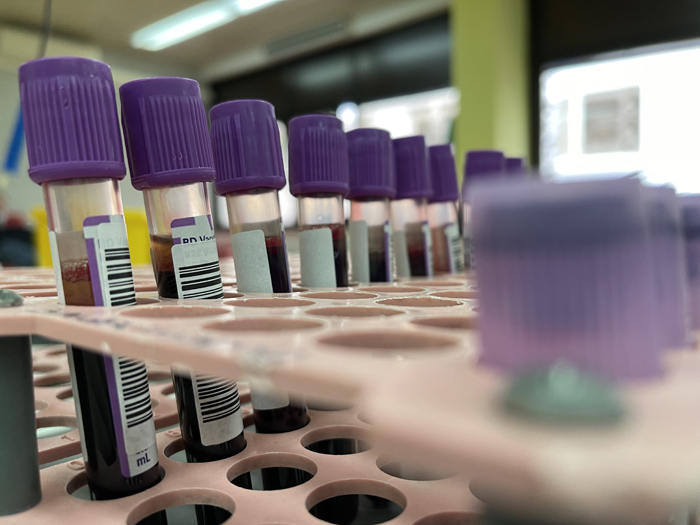Monkeypox Is Here. Time to Dust Off Those Pandemic Protocols

It’s official: The Biden administration declared the growing monkeypox outbreak in the U.S. a state of emergency.
Since monkeypox infections started popping up in the U.S. in late May, cases have erupted in New York, Illinois and California, which all declared their own states of emergency earlier this year. The virus has now spread to every state except Wyoming.
The virus’ rapid spread may have employers feeling deja vu. In early 2020, we watched with rapt attention as the virus now known as COVID-19 spread from country to country and state to state.
As monkeypox continues to spread across the country, employers will want to remain abreast of the virus’ spread within their communities and should adopt protocols to reduce transmission.
Here’s a primer on what we know so far.
First, Some Good News
The good news for employers? This outbreak isn’t all that similar to the one society faced as the coronavirus pandemic took hold.
For starters COVID-19 was a novel virus — one that humans had never experienced before. Monkeypox, on the other hand, was first discovered in 1958 when two outbreaks occurred in groups of research monkeys, according to the CDC.
The first human case was 12 years later in 1970.
Even better news? We already have an effective vaccine. In 2019, the FDA approved the JYNNEOS vaccine, which can be used to prevent smallpox and monkeypox. Another vaccine, ACAM2000, can be used to prevent monkeypox under the FDA’s Expanded Access Investigational New Drug (IND) system.
Monkeypox is also much less contagious than COVID and is typically transmitted through skin-to-skin contact, per Yale Medicine, though cases of surface and face-to-face contact have been reported.
“Based on current evidence, transmission through contaminated surfaces such as door handles, faucets etc. and close face-to-face contact with symptomatic individuals have been noted in a few cases,” said Dr. Prachi Nagda, clinical services physician at Mercer.
“Although, let me emphasize, the primary transmission mode remains skin-to-skin contact.”
By the Numbers
Some key insight into how the virus is spreading and taking hold can be seen through CDC data.
- So far, 14,115 cases have been reported in the U.S.
- Multiple clusters of monkeypox have been reported globally in 69 countries.
- Those in the 31-35 year age group seem to have the most reported cases, with 2,331 logged as of August 2022.
- 98.6% of those infected have reported rashes. 72.7% report malaise/lethargy as a key symptom, and 72.1% note fever.
- The really good news: Zero deaths have been associated with the contraction of monkeypox.
Tried and True Pandemic Protocols Can Help Hamper Monkeypox Cases
Many of the same protocols employers have implemented to fight COVID-19 can be used to reduce transmission of monkeypox in the workplace.
That includes sanitizing surfaces, encouraging rigorous handwashing and forgoing handshakes and other close contact with others, which all can go a long way toward reducing the spread.
“That’s one of the benefits of the pressure of the COVID era is how ready we can be if we prepare for the next pandemic,” said Clint Van Marrewijk, founder and CEO of SaferMe, a firm that makes contact tracing devices for employers.
If an employee does get monkeypox, contact tracing can help alert close contacts, so that they can remain home and prevent further spread.
“Contact tracing is one of the three main pillars of virus defense,” Van Marrewijk said.
But the best thing employers can do if they want to reduce monkeypox spread is to allow employees to work from home or to provide extended periods of paid sick leave as people can be contagious for long periods of time.
Current guidance recommends that those with monkeypox isolate for two to four weeks, NPR reported.
“The most important thing employers can do to prevent spread in the workplace would be to provide flexibility to work from home or leave of absence if [an employee] can’t work from home for those that have been in close contact with a confirmed case to allow them to isolate,” Nagda said.
Another key point to note is that certain industries are more at risk than others.
“The industries more prone to this would likely be the hospitality [and] health care industries,” said Kenneth Wells, chief medical director at Marsh.
Additionally, employers may be wondering, can monkeypox be considered a workers’ comp claim?
“It could be, if an employee can prove undoubtedly transmission occurred while at work,” Wells said. &










